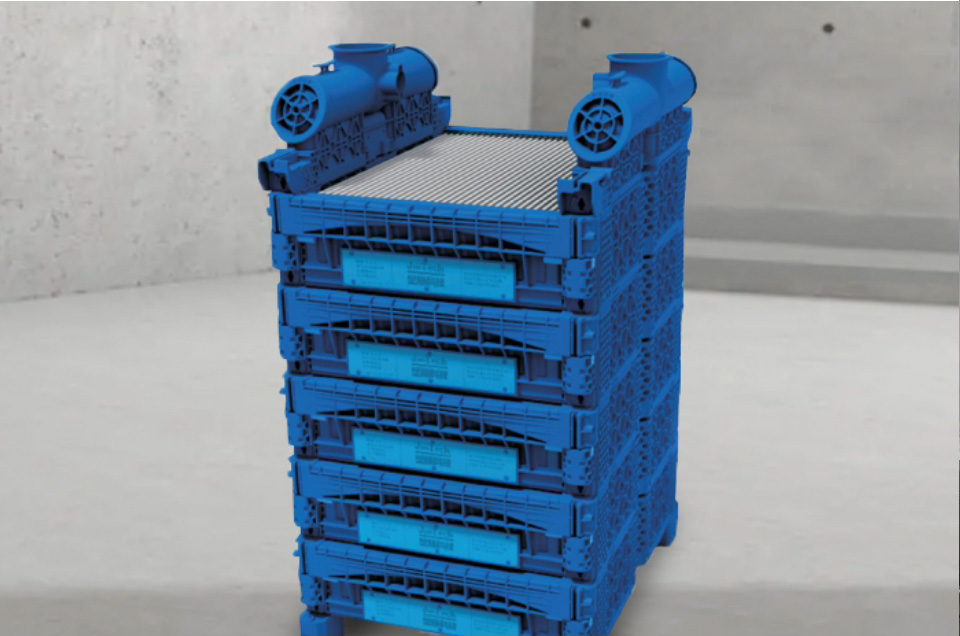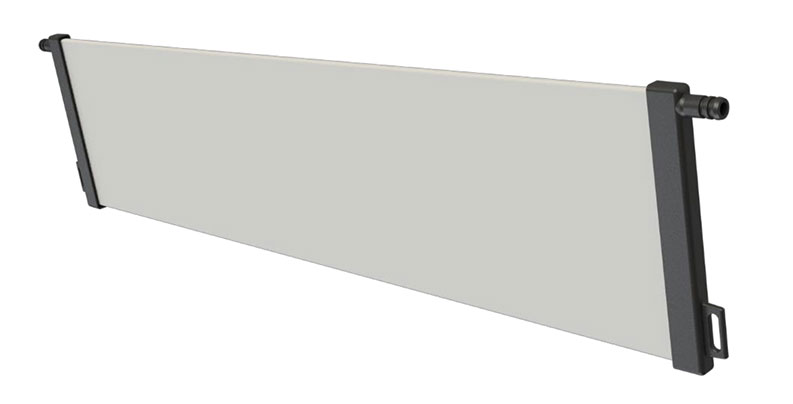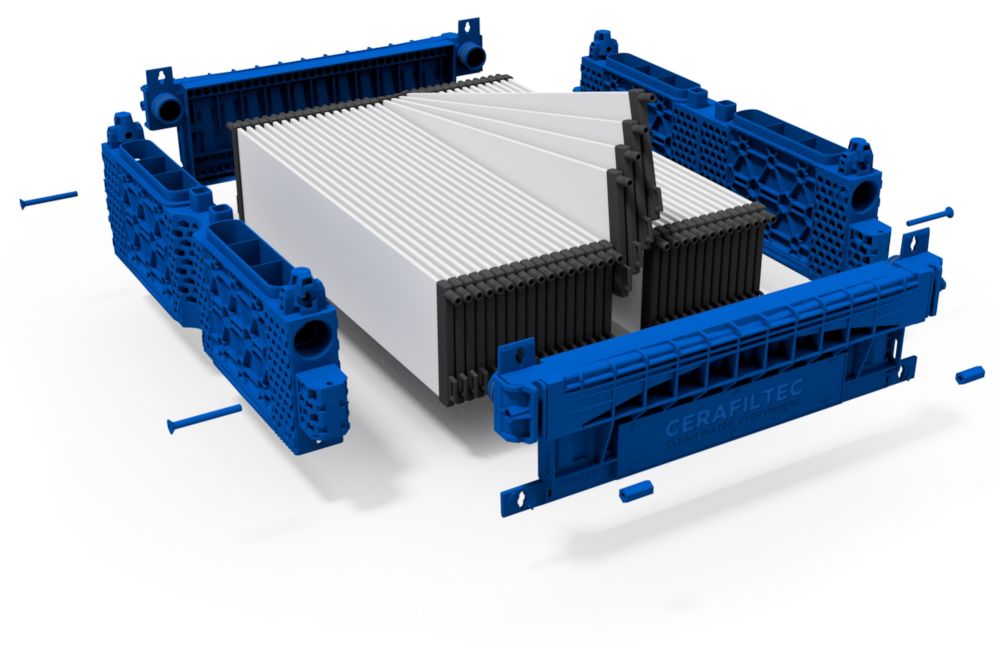Silicon carbide ceramic membrane is made from pure SiC powders by recrystallization technology at an extremely high sintering temperature of 2400℃, then formed the porous and asymmetric membrane structure, according to the membrane pore size difference, mainly proposed for liquid filtration applications by membrane separation technology as microfiltration and ultrafiltration. It is a kind of inorganic membrane with separation function, which is coated of SiC ceramic material as the filtration medium.
The SIC ceramic membrane is also a kind of semiconductor, the surface has negative charge in a wide PH range, the isoelectric point is near PH3, which belongs to impurity conductivity, the membrane can be used for long time in harsh environment of strong acid and alkali (PH value 0-14), good stability for most sewage, especially oil-water permeability (oil-free). Almost no etching with any solvent at 1500 ℃.
Characteristics of silicon carbide flat membrane
High purity silicon carbide powder is sintered at high temperature, which is the best membrane material with hydrophilicity and pollution resistance
The membrane surface with high negative charge has excellent pollution resistance over a wide pH range.
Ideal operating conditions – PAC additions with pH less than 6. The membrane surface can maintain a negative charge of -25~-30 millivolts, making it difficult for dissolved organic carbon and transparent outer polymer particles to adhere to the membrane surface.
It is easy to remove negatively charged substances in the water from the surface of the membrane, such as bacteria, algae, MLSS, transparent polymer particles and oils.



